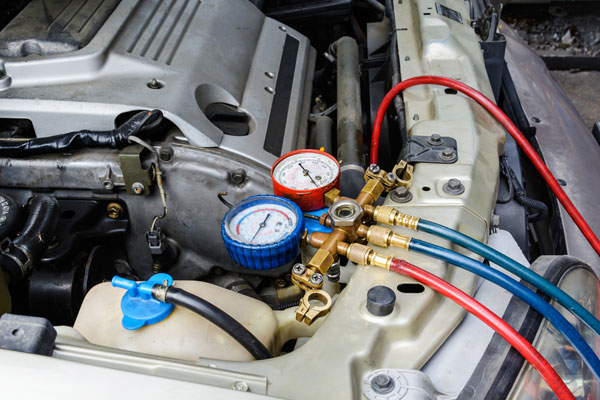
National Refrigerants Ltd is one of the world's largest independent suppliers of refrigerants
T 01455 630 790
Email: info@nationalref.com
National Refrigerants Ltd
4 Watling Close, Hinckley, Leicestershire, LE10 3EZ
Product Information
 R134a (1,1,1,2-Tetrafluorethane) was introduced in 1991 under a number of different trade names such as Klea 134a, Suva 134a, Freon 134a, Forane 134a, Genetron 134a, Florasol 134a or simply just HFC 134a.
R134a (1,1,1,2-Tetrafluorethane) was introduced in 1991 under a number of different trade names such as Klea 134a, Suva 134a, Freon 134a, Forane 134a, Genetron 134a, Florasol 134a or simply just HFC 134a.
R134a was developed as a non-ozone depleting replacement for the CFC (Chlorofluorocarbon) R-12 after it was discovered that the chlorine element had a deleterious affect on the ozone layer.
HFC’s (hydrofluorocarbons) contain no chlorine so are non-ozone depleting, making them better for the environment.
R134a is also non-toxic and non-flammable though it is classed as a greenhouse gas meaning it contributes towards global warming when released to the atmosphere.

R134a has a GWP (global warming potential) 1,430. When measuring GWP CO2 is used as the benchmark which has a GWP of 1.
Main applications for R134a include but are not limited to automotive air-conditioning, medium temperature refrigeration, aerosol and pharmaceutical.
R134a was banned for use in technical aerosol after the end of 2017 though this is exempt under certain military & medical applications.

Today the largest consumers of R134a are in pharmaceutical as the propellant in asthma inhalers and in the automotive aftermarket industry for re-gassing air-conditioning systems in cars manufactured before 2017.
Because of the sheer volume of R134a escaping from cars, the European legislation changed in 2017 banning the use of refrigerants with a GWP higher than 150 in cars manufactured after the 1st January 2017.
The widely accepted replacement for R134a in automotive is R1234yf and is part of a new 4th generation of refrigerant fluids called HFO’s (Hydrofluoroolefin’s).
R1234yf has a GWP of just 4. This makes it over 357 times lower than R134a and much better for our environment.







